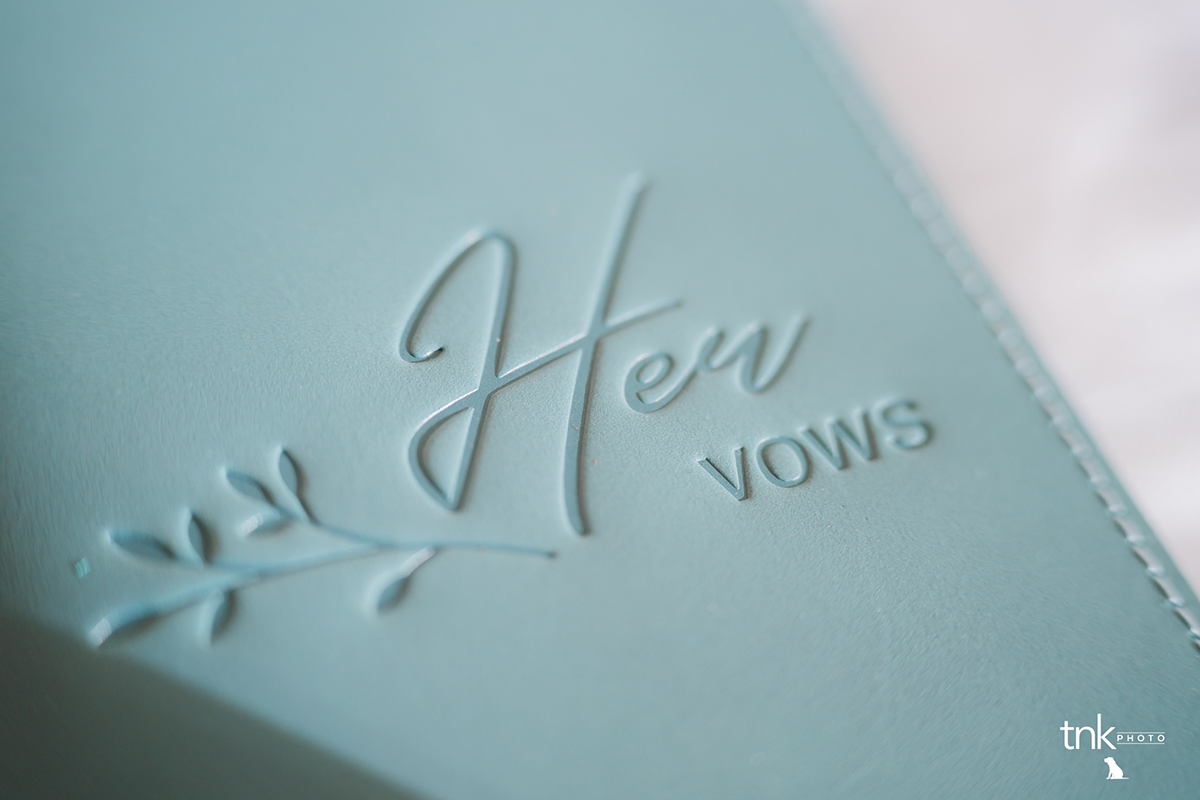The Finer Points of ‘I Do’
With his Tamron 35-150mm F2-2.8 all-in-one zoom and 70-180mm F2.8 telephoto, Elmer Escobar focuses in on the details of a couple’s big day.
Share the article:
More Photo Tips | Video Gallery | Photo Gallery | Enewsletter sign-up
By Jenn Gidman
Images by Elmer Escobar
To Elmer Escobar’s way of thinking, nothing in a wedding happens by accident. “There’s a good deal of thought put into every detail, large or small,” the California photographer says. “That’s why I try to place ample attention on detail photos during the nuptials. Those might not be the photos the couple automatically shares on social media or prints out, but years down the road, they’ll look back at those details that could’ve easily been overlooked and have stories to tell.”
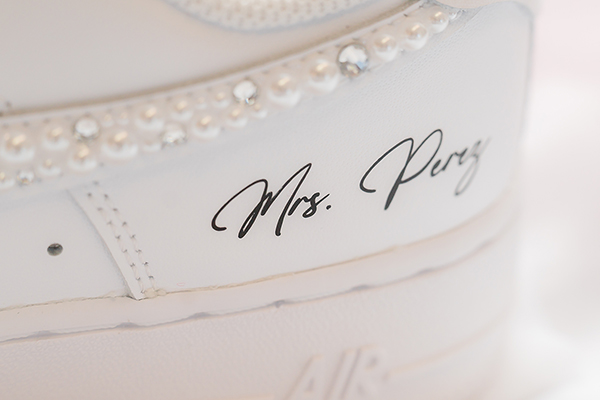
70-180mm (70mm), F5, 1/250 sec., ISO 200
Click image to view larger
At the heart of Elmer’s detail-focused wedding images are the Tamron 35-150mm F/2-2.8 Di III VXD all-in-one zoom and the 70-180mm F/2.8 Di III VXD telephoto zoom, both for his Sony mirrorless camera system. “The 35-150mm is my bread and butter during a wedding,” he says. “For detail photos specifically, it’s terrific for flat-lay shots taken from above. I’ll switch to the 70-180mm F2.8 when I want to get in really close, like to photograph the date or their names/initials etched inside his ring, or the calligraphy on an invite.The close focusing on the 70-180mm makes it practically a macro lens, and I always get great image quality. The maximum apertures on both these lenses allow me to create bokeh and blur out distracting backgrounds so the focus stays on the details in front of my camera.”
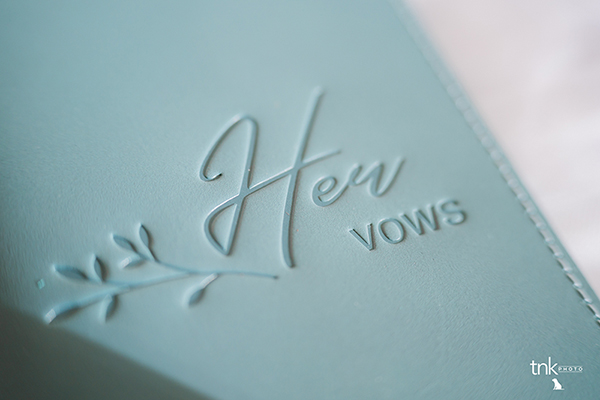
70-180mm (70mm), F2.8, 1/500 sec., ISO 250
Click image to view larger
ELMER’S QUICK TIPS
Prep beforehand.
About two weeks prior to the wedding I hold our “timeline” meeting on what we plan to photograph. I work with the couple to come up with a list of all the special items they should bring to the venue: shoes, invitations, jewelry, other decorative items, etc. On the wedding day, we hit those items first, often in a flat-lay format shot from above, like the photo you see here of the shoes and jewelry. By the time the couple is done getting ready, we’re done, too, and ready to move on to the rest of the celebration.
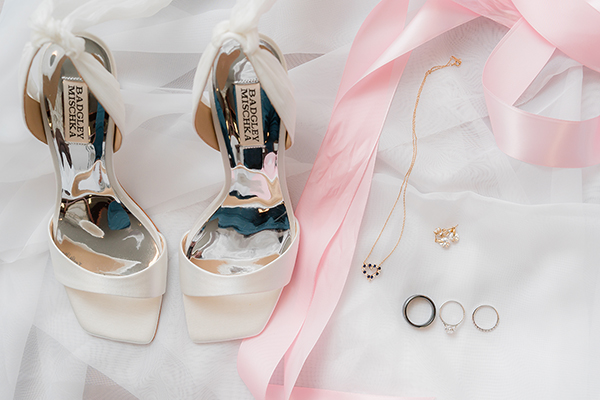
35-150mm (49mm), F6.3, 1/250 sec., ISO 400
Click image to view larger
Harness the light.
If we’re in a situation where the venue lighting isn’t perfect, or where I’ll have to run to the other side of the hotel or catering hall where they have large windows, because there’s too much going on in the bride’s room, I’d rather set up in a corner and bounce a small flash in there from the side, so it looks like it’s emanating from a large softbox. That’s better than setting up a bulky modifier or bouncing the light straight up, where it can look flat.
Sheet happens.
To ensure I always have a clean, uncluttered background, I’ll bring a sheer sheet or similar fabric. You can put it on the floor and shoot straight down onto it, which works great for those flat lays I mentioned. I’ve used a veil as well in a pinch, but you have to be extremely careful you don’t let an earring or other item snag the veil.
Say yes to the dress.
Find a clean, not-busy wall to position the dress against that’s near a natural light source, like a large window, to get soft, diffused light that accentuates the gown’s texture and embellishments. I also always bring that white wooden hanger you see suspending the wedding dress here—no wire hangers! I don’t leave it to chance that the home or venue will have a way to show the dress off. I’ll either leave a lone white hanger in my car or use the one that my own jacket hangs on. I also carry tiny suction cups with me that can stick to almost any glasslike surface, offering another way to display the dress.
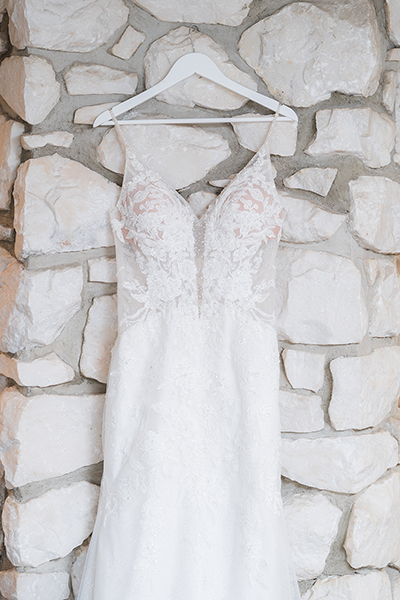
35-150mm (99mm), F5, 1/50 sec., ISO 200
Click image to view larger
Focus on the flowers.
The bouquet is one of the bride’s most important accessories. Taking advantage of the 35-150mm’s F2-2.8 maximum aperture, I used a shallow depth-of-field here to create bokeh and a soft, dreamy background, allowing me to highlight the intricacies of the flowers. I often like to shoot the bouquet from above while the bride is holding it to isolate the top row of flowers.
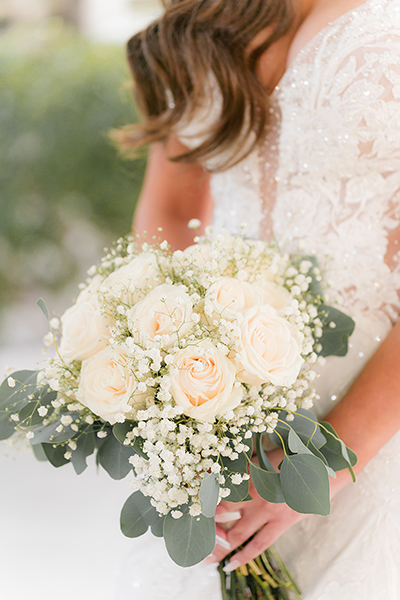
35-150mm (113mm), F2.8, 1/400 sec., ISO 400
Click image to view larger
Don’t overlook the reception.
Just as much care goes into the decor for this part of the day—everything from the place settings and flowers to party favors. I tell my second shooters that when they check out the cake, for example, scout around to see what other details might stand out—the wedding date on a picture of the bride and groom, say, or engraved silverware.
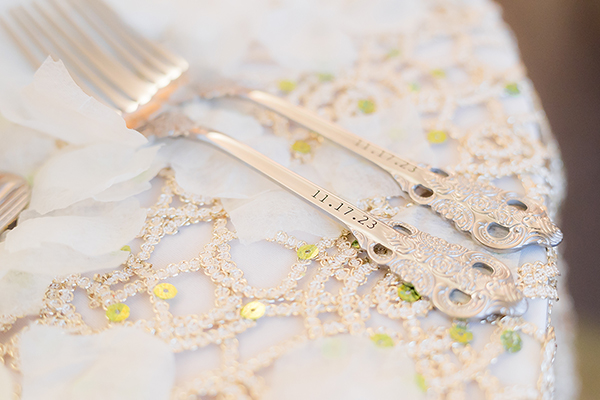
35-150mm (35mm), F2.5, 1/250 sec., ISO 1000
Click image to view larger
That’s where the Tamron 35-150mm F/2-2.8 Di III VXD all-in-one zoom lens really shines. At the reception, we always repeat, “Wide, medium tight.” With that lens, you can capture a wider perspective of the entire table, then zoom in to capture the details. We say this over and over to make sure we document every aspect of the couple’s special day so they can enjoy the memories for years to come.
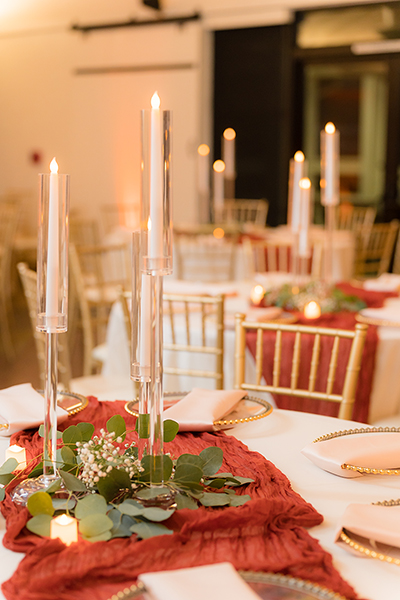
35-150mm (66mm), F2.5, 1/250 sec., ISO 1000
Click image to view larger
To see more of Elmer Escobar’s work, check out his website and Instagram.
Is your Tamron News subscription up to date? Click to subscribe to all editions of Tamron News featuring how-to tips, new product news, contest announcements and inspiration!
More Photo Tips | Watch Videos | Learn More About Tamron Lenses | Photo Gallery
